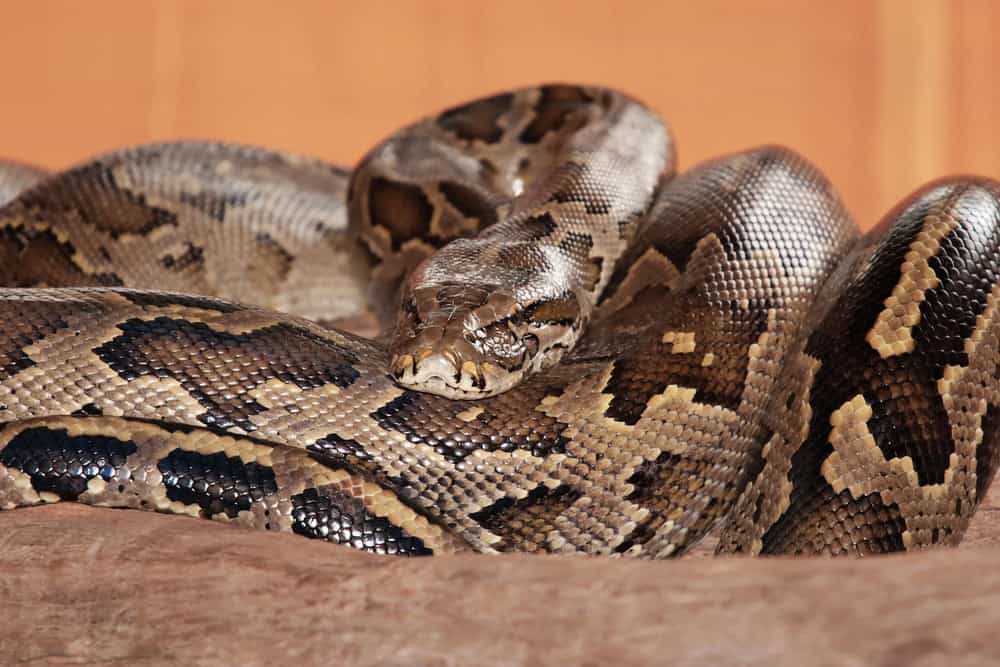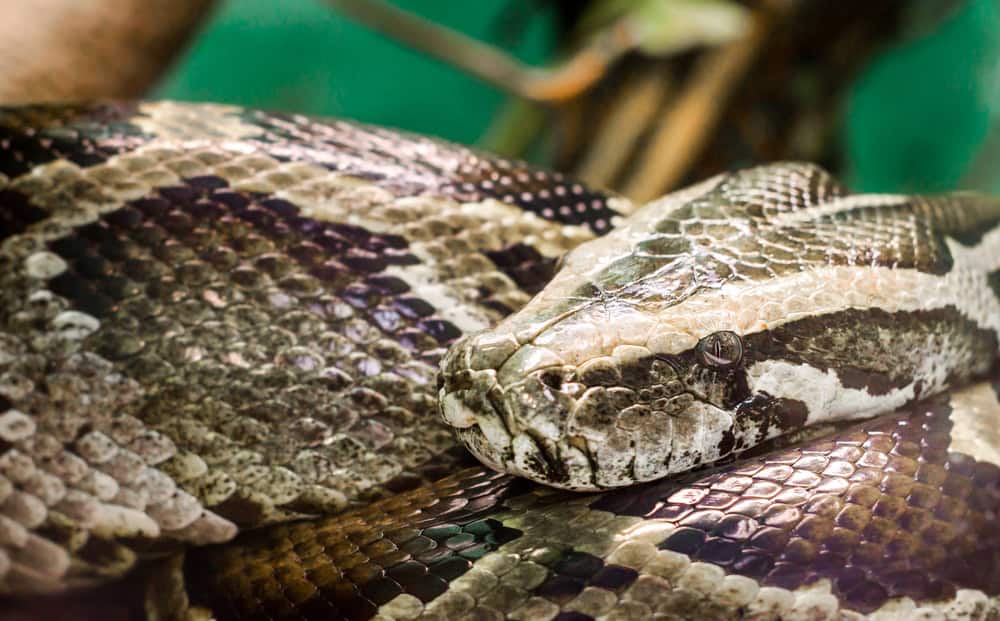The recent discovery of a 17-foot ‘monster’ python in the Everglades shows us the ongoing issue of invasive species and the importance of managing these formidable predators. Join us as we also explore the physical features of these amazing reptiles…
17-Foot ‘Monster’ Python Found in the Everglades

In deep Everglades, an astonishing discovery was made; a 17-foot ‘monster’ python! This giant serpent, among the largest found in the region, reminds us of the growing issue of invasive species in the Everglades. These snakes are common, which shows us the need for ongoing efforts to manage and control these huge snakes.
Man Finds Huge Python

The python was discovered by a local man, Mattew, during a routine walk through the Everglades. Matthew Kogo works as a python hunter for the Florida Fish and Wildlife Conservation Commission.
The man claims, “Make no mistake, you will still need a good bit of strength and experience to wrangle a monster, get help if you can (seriously, you will want help), but if you stay focused and intentional, working smarter not harder, you can get the beast more safely under control,” he said.
Let’s explore the physical features of the python to further understand these massive serpants…
Size

Pythons average between 6 to 9 feet long. Although, they can grow to over 20 feet long!
Skin

They have smooth, dry skin covered in scales. These scales come in different color and pattern, which help with camouflage.
Eyes

Pythons have small eyes with vertical slit pupils. This gives them good night vision.
Teeth

Their mouths are lined with sharp, backward-facing teeth.
Jaws

Pythons have highly flexible jaws that lets them swallow prey much larger than their heads.
Tongue

A python’s forked tongue helps it sense its environment. This is done by collecting scent particles.
Head

The head of a python is triangular. They have heat-sensing pits in some species to detect warm-blooded prey.
Musculature

Pythons are muscular.
Coloration

Their coloration ranges from earthy browns to vibrant greens and yellows.
Scales

Pythons have overlapping scales that protect their bodies and help in locomotion.
Belly

The underside of a python is lighter in color and smooth.
Tail

A python’s tail is strong and used for balance and gripping branches.
Sense of Smell

They have an acute sense of smell. Their smell is enhanced by their forked tongue and Jacobson’s organ.
Reproduction

Female pythons lay eggs and often coil around them to provide warmth and protection.
Lifespan

Pythons can live for several decades.
Habitat

Pythons are highly adaptable. They are found in a variety of habitats from forests to swamps.
Hunting

They are ambush predators.
Wrap Up

Find the link to the video here!
Overall, the discovery of a 17-foot python in the Everglades reminds us of the growing issue of invasive species! Understanding the physical features and behaviors of pythons is important for managing and understanding their impact on native wildlife.
If you enjoyed this article, check out our related article links for more below!
Next up:
- Crane Saves Drowning Goat - June 30, 2025
- Chihuahua’s Highway Adventure: Watch As Motorists Shield It from Traffic - June 29, 2025
- Green Iguana Bites: 10 Essential Tips for Safe Pet Ownership - June 29, 2025
